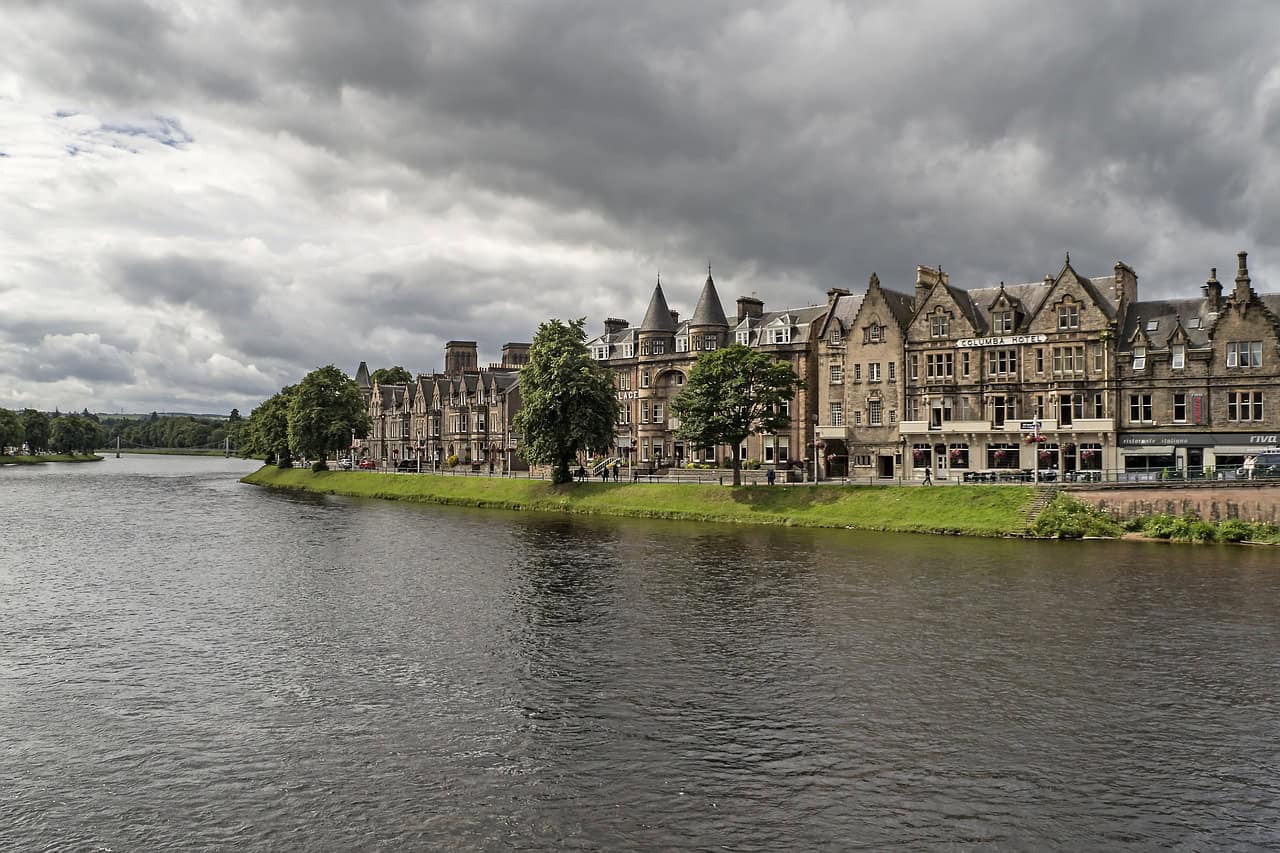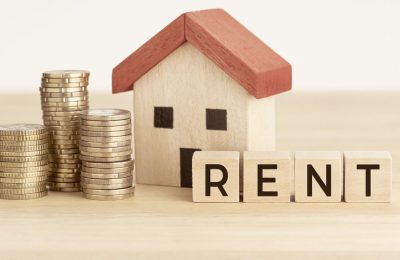Scotland’s enchanting landscapes, historic landmarks, and vibrant cultural heritage attract millions of tourists annually, significantly influencing the local economy. One area where tourism’s impact is particularly pronounced is the property market. From bustling cities to tranquil countryside retreats, the influx of tourists shapes property demand, prices, and investment opportunities. In this blog, we will explore the key ways tourism affects Scotland’s property market and what this means for buyers, sellers, and investors in 2024.
1. Increased demand in tourist hotspots
Popular tourist destinations such as Edinburgh, Inverness, and the Isle of Skye see heightened property demand. Tourists who fall in love with these areas often seek holiday homes or permanent residences, driving up property prices. Edinburgh, with its rich history and annual festivals, and Inverness, as the gateway to the Highlands, are prime examples. The desire for picturesque properties in these areas leads to a competitive market, often resulting in higher prices and reduced availability.
2. Boost in short-term rentals
The rise of platforms like Airbnb has transformed how tourists experience Scotland, favouring short-term rentals over traditional hotel stays. This shift has encouraged property owners to convert houses into vacation rentals, especially in tourist-heavy areas. Short-term rentals offer lucrative returns, particularly during peak tourist seasons. For investors, this trend presents an opportunity to generate significant rental income. However, it also leads to reduced long-term rental availability, impacting local residents.
3. Development of tourist accommodations
To cater to the growing number of tourists, there is an ongoing development of accommodations, including hotels, hostels, and holiday parks. These developments can boost local economies and create jobs, but they also drive up property values. Areas undergoing significant tourism-related development often see increased infrastructure investment, improving overall living conditions. For property investors, areas with planned or ongoing tourism developments can offer promising growth prospects.
4. Seasonal market fluctuations
Tourism introduces seasonal fluctuations in the property market. During peak tourist seasons, such as summer and festival periods, demand for short-term rentals spikes, leading to higher rental rates. Conversely, the off-season may see reduced demand and lower rental income. Property owners and investors must plan for these fluctuations, ensuring financial stability throughout the year. Understanding these patterns helps in setting competitive rental prices and maximising occupancy rates.
5. Impact on local communities
While tourism brings economic benefits, it can also strain local communities. The conversion of residential properties into short-term rentals can lead to a shortage of affordable housing for locals. In popular tourist areas, residents may face increased living costs and disruption due to tourist activities. Balancing tourism with community needs is crucial. Local councils are implementing regulations to manage short-term rentals and ensure sustainable tourism development.
6. Attraction of international buyers
Scotland’s global appeal attracts international buyers looking for vacation homes or investment properties. Favourable exchange rates and Scotland’s reputation as a safe and stable destination enhance this trend. International buyers often target high-end properties, contributing to the luxury market’s growth. This influx of foreign investment can drive up property prices, benefiting sellers and developers, but it can also make it challenging for local buyers to compete.
7. Long-term investment opportunities
Tourism can create long-term investment opportunities. Areas with a strong tourism appeal often have robust property markets, making them attractive for long-term capital growth. Investing in properties within or near major tourist attractions can yield substantial returns. Additionally, as tourism infrastructure develops, surrounding areas may also see increased property values, providing broader investment opportunities beyond the immediate tourist hotspots.
Conclusion
Tourism significantly impacts Scotland’s property market, driving demand, influencing prices, and creating investment opportunities. While it brings economic benefits and growth, it also poses challenges such as seasonal fluctuations and housing shortages for locals. Understanding these dynamics is essential for buyers, sellers, and investors looking to navigate the market successfully in 2024.
Whether you’re considering purchasing a holiday home, investing in short-term rentals, or developing tourist accommodations, staying informed about tourism trends will help you make strategic decisions. By balancing the benefits of tourism with the needs of local communities, stakeholders can ensure sustainable growth and a thriving property market in Scotland.












